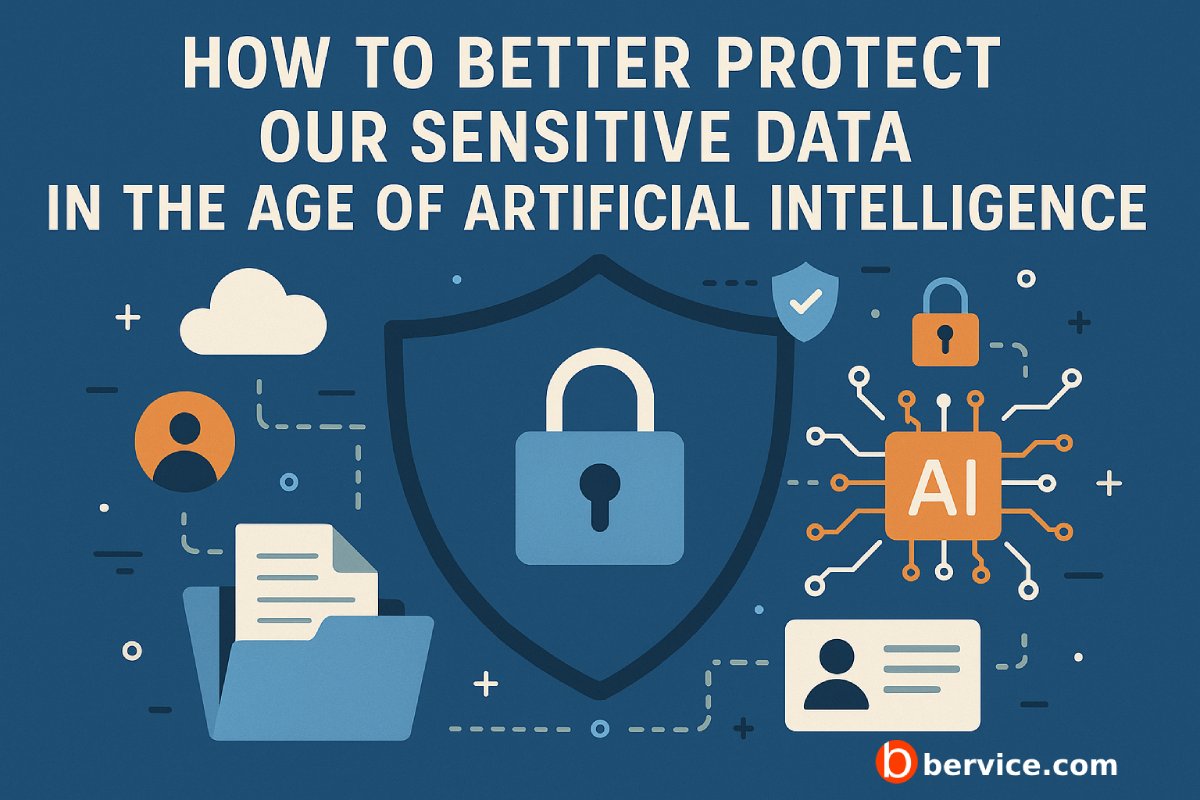
Introduction
The era of artificial intelligence (AI) has brought revolutionary advancements across various sectors, from healthcare and finance to social media and cybersecurity. However, as AI systems become more powerful, they also raise serious concerns regarding data privacy and the security of personal information. The same algorithms that help detect fraud or personalize experiences can also be exploited to infer, profile, or leak sensitive user data. So, how can we safeguard our digital identities in a world increasingly driven by machines?
The Risks Posed by AI to Data Privacy
AI thrives on data—particularly large, diverse, and often personal datasets. This reliance introduces new challenges:
- Deep learning models can unintentionally memorize and leak sensitive data during inference or through model inversion attacks.
- AI-powered surveillance systems can track behavior, location, and identity without consent.
- Data aggregation by AI can re-identify anonymized individuals by combining different sources.
Furthermore, the rise of generative AI models increases the risk of synthetic identity fraud and phishing attacks that are hard to detect by traditional security measures.
Key Strategies for Enhancing Data Protection
To protect sensitive data effectively in the age of AI, individuals, companies, and governments must adopt a layered and proactive approach. Here are some key strategies:
1. Data Minimization and Anonymization
- Only collect the data you absolutely need.
- Anonymize or pseudonymize user data to reduce risk if a breach occurs.
- Implement differential privacy techniques, especially in AI model training.
2. Zero Trust Security Architecture
- Trust no device or user by default—even if they’re within the network.
- Continuously verify identities, contexts, and behaviors using multi-factor authentication and behavioral analytics.
3. AI Governance and Transparency
- Adopt explainable AI to ensure decision-making processes are auditable.
- Enforce data lineage tracking to understand where data comes from, how it is used, and by whom.
4. Encryption and Secure AI Infrastructure
- Use end-to-end encryption for data at rest and in transit.
- Consider post-quantum cryptographic algorithms as a future-proof measure.
- Host AI systems on secure, hardened infrastructure with regular vulnerability scans.
5. User Empowerment and Consent Management
- Provide users with control over their data: what is collected, how it’s used, and the ability to opt-out.
- Implement dynamic consent dashboards in apps and platforms.
The Role of Regulation and Ethics
Governments and international organizations play a critical role in setting standards for AI ethics and data privacy. Regulations like the EU GDPR, California CCPA, and the newly emerging AI Act in Europe are steps in the right direction. Organizations must not only comply with such laws but also embed privacy-by-design principles in every stage of product development.
Future-Proofing Against AI Threats
As AI continues to evolve, so too must our defense mechanisms. Here are some long-term solutions:
- Invest in federated learning to train AI models without centralizing personal data.
- Support AI auditing tools to detect biases or privacy violations in black-box models.
- Promote public awareness and digital literacy on data rights and online hygiene.
Conclusion
AI is not inherently a threat—but when misused or left unchecked, it can become a privacy nightmare. Protecting sensitive data in the age of AI demands a multi-faceted approach that blends technology, policy, and education. By adopting responsible AI practices, strengthening data security frameworks, and empowering users, we can harness the benefits of AI while defending our digital dignity.
Connect with us : https://linktr.ee/bervice





